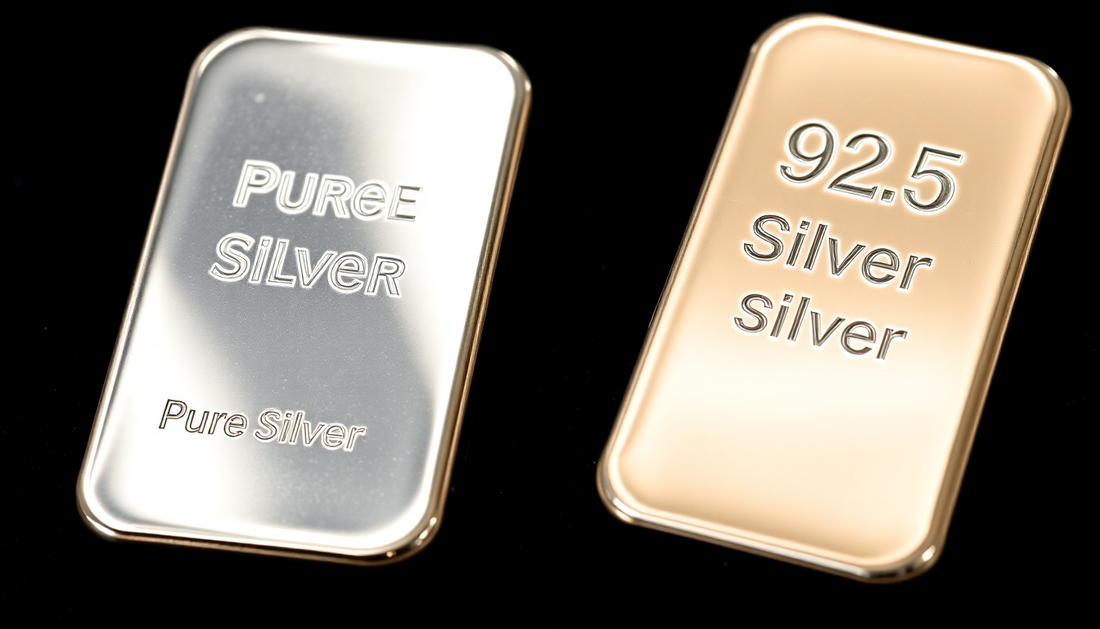
Discover the Beauty and Durability of Sterling Silver
Share
If you're a jewelry enthusiast or simply someone who appreciates the timeless elegance of precious metals, you've probably heard the term "sterling silver" before. But what exactly is sterling silver, and why is it such a popular choice for jewelry and other decorative items? In this blog post, we'll dive into the world of sterling silver and explore why it's a standout choice for your next jewelry purchase.
What is Sterling Silver?
Sterling silver is a type of alloy that consists of 92.5% pure silver and 7.5% other metals, typically copper and other alloy compositions. The addition of copper to the silver provides additional strength and durability, making it more stable and easier to work with than pure silver. As a result, many of the silver jewelry items available for purchase in the market are crafted from sterling silver.
Why Choose Sterling Silver Over Pure Silver?
While pure silver is undoubtedly beautiful, it can be quite soft and prone to scratches and dents. Sterling silver, on the other hand, is more durable and resistant to wear and tear. This makes it an ideal choice for everyday jewelry that you want to wear and enjoy without worrying about it becoming damaged over time.
Although sterling silver is harder than pure silver, it is still prone to scratches and tarnishing. To prevent this, a layer of plating can be applied using gold to change the color, or rhodium to enhance the safety guard over the jewelry surface. By taking these precautions, sterling silver jewelry can retain its beauty and durability for years
How to Identify Genuine Sterling Silver
There are techniques that can help you to identify real sterling silver from the fake silver jewelry that is available in the market.
Clean your jewelry – Use a soft white polishing cloth and rub it gently. If you notice any black marks on the cloth after rubbing, it’s a good sign that the jewelry is made of genuine sterling silver. This is because the polishing action removes the oxidized layer that naturally forms on silver over time, revealing the shiny, unblemished metal beneath.
Perform the nitric acid test – Begin by adding a single drop of nitric acid to the surface of the jewelry. If it is authentic, the surface will remain unchanged. However, if the jewelry is made of fake silver or is silver-plated, the area with nitric acid will turn green due to the presence of impurities such as nickel. In contrast, real sterling silver will turn creamy in color when exposed to nitric acid.
Note: Remember to wear gloves and goggles to protect your hand and eyes during the nitric acid test.
Perform a smell test – If you detect an unpleasant odor, it could be a sign that the item contains an excessive amount of copper. True sterling silver should not have any discernible scent.
Perform magnet test – A magnet should have no impact on fine silver or sterling silver. If a piece of jewelry is attracted to a magnet, it is likely not made of authentic sterling silver but rather silver-plated over a base metal.
Identify the quality stamp marking – Determining the authenticity of sterling silver is quite simple, as the markings are straightforward. A genuine sterling silver piece will have a stamp with markings such as “.925”, “92.5”, “925”, “Ster,” or “Sterling Silver” in a hidden area or behind every piece of jewelry.